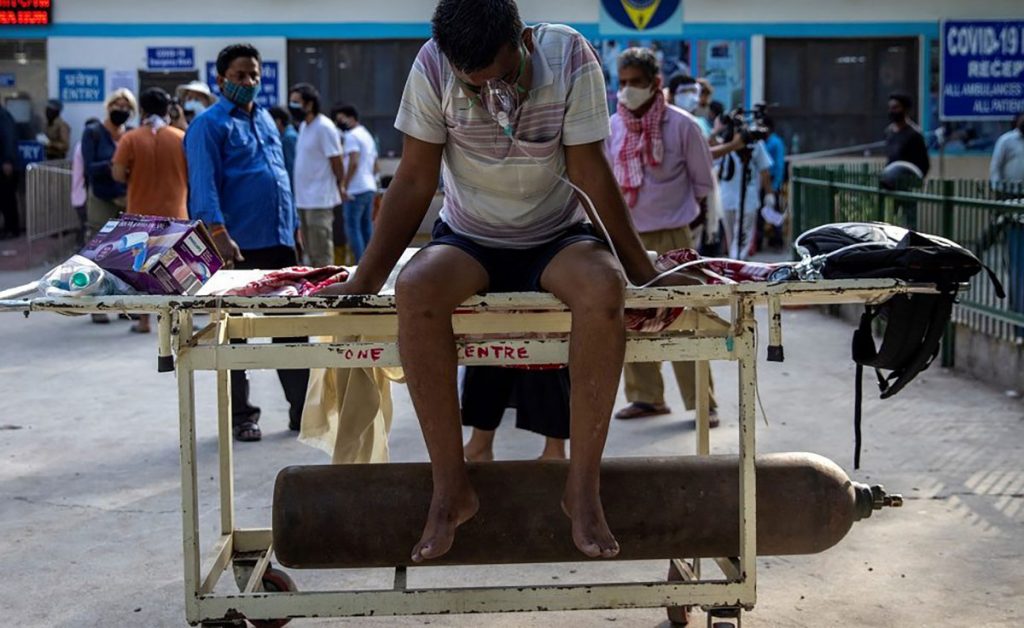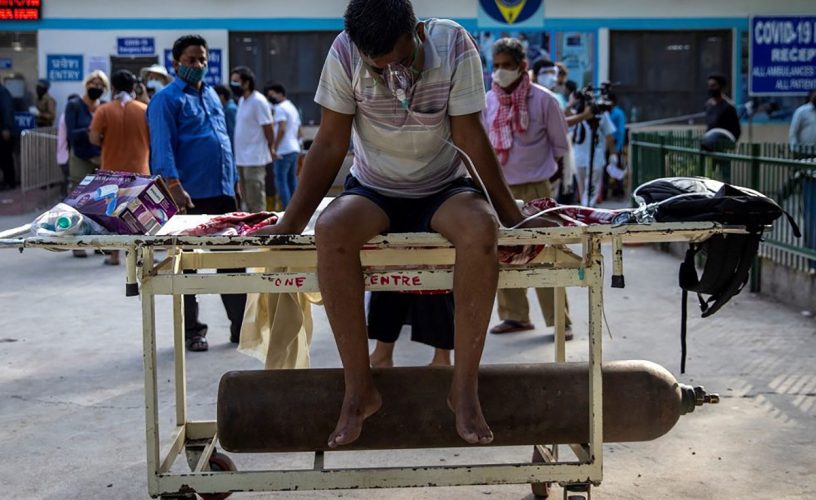
Unpacking the findings of the Access (In)Equality Index, 2021, which measures and studies the state of inequality of opportunity visible among households for states and Union Territories across India.
Authors:
Deepanshu Mohan, Associate professor of Economics and director, Centre for New Economics Studies (CNES), Jindal School of Liberal Arts and Humanities, O. P. Jindal Global University, Sonipat, Haryana, India.
Richa Sekhani, Research associate at ICRIER and a senior research analyst with CNES.
Latika Sharma, Public sector consultant.
Advaita Singh and Vanshika Mittal, Students at Ashoka University and senior research analysts with CNES.
Summary:
Oxfam India’s 2021 report on inequality found that since March 2020, when the COVID-19 pandemic began, India’s billionaires have increased their wealth by 35%.
In one of the sections of the report, Oxfam states: “Extreme inequality is not inevitable, it is a policy choice.”
The multi-faceted discourse of inequality studies has evolved in recent years. In particular, many argue that there is a need to develop a more holistic idea around measuring and studying inequality. One that goes beyond measuring income and consumption patterns across households – as important as that may be.
Moreover, for a large developing nation like India, deeply fragmented along the social lines of caste, class, religion and gender, it is the rising inequality of opportunity that merits a closer look.
In a recent study undertaken by the Centre for New Economics Studies at O.P. Jindal Global University, we, the authors, have attempted to create an index to measure and study the state of inequality of opportunity – in terms of access to basic social and economic services – visible among households for states and Union Territories (UTs) across India.
Although “access” in general means a way of approaching, reaching or entering a place, as the right or opportunity to reach, use or visit, it is here broadly conceptualised to encompass the “4As” – availability, approachability, affordability and appropriateness.
Published in: The Wire
To read the full article, please click here


